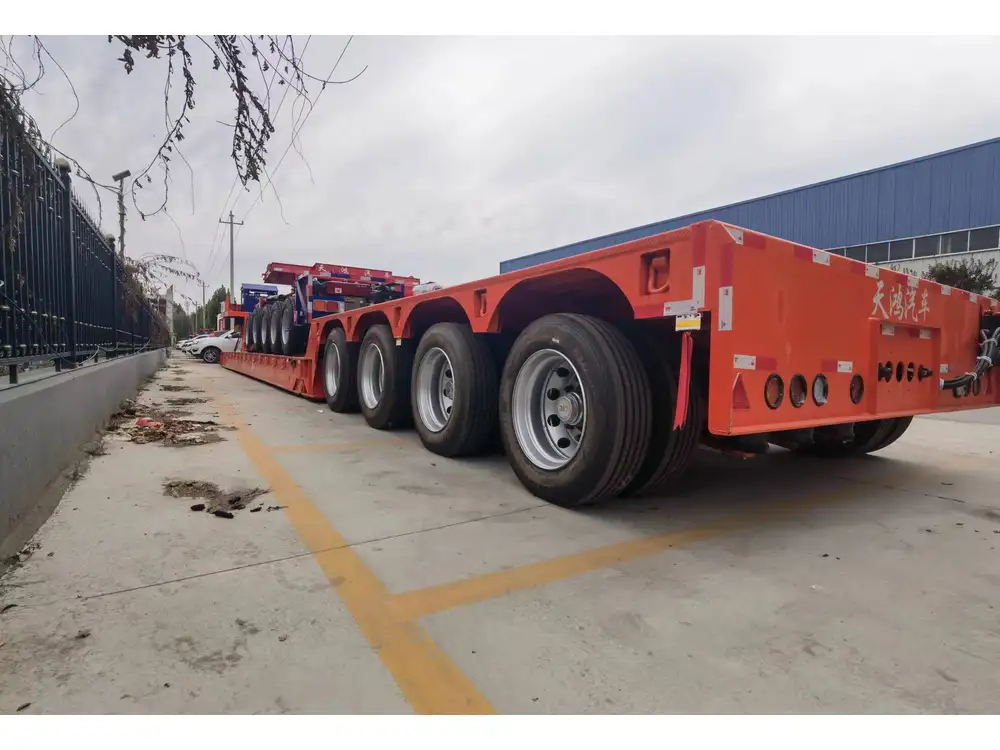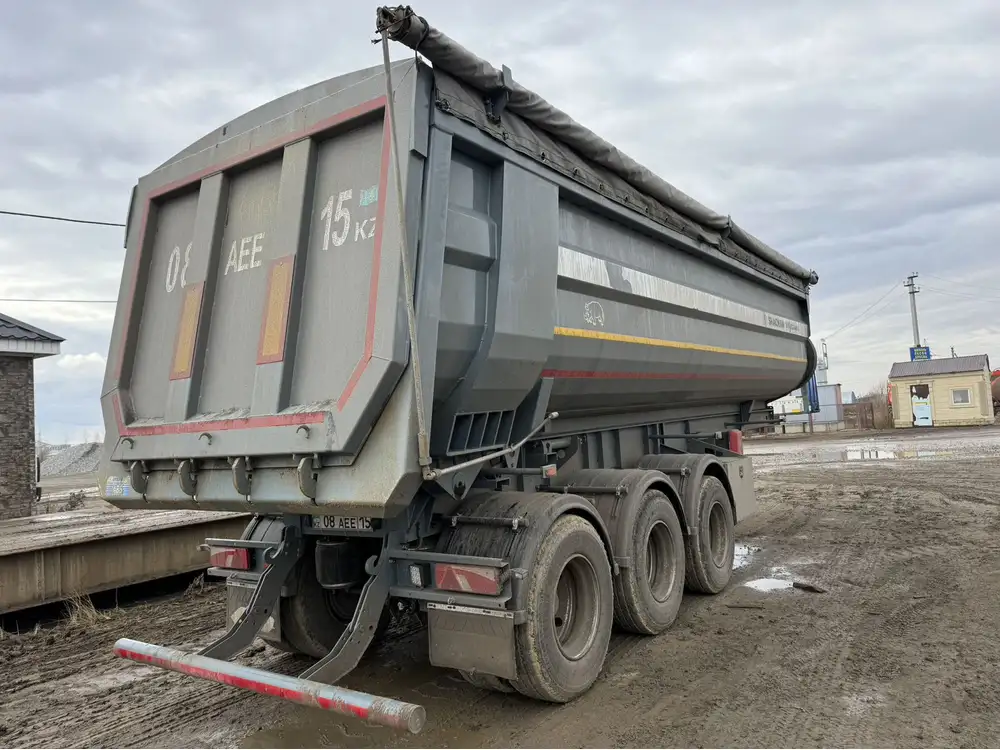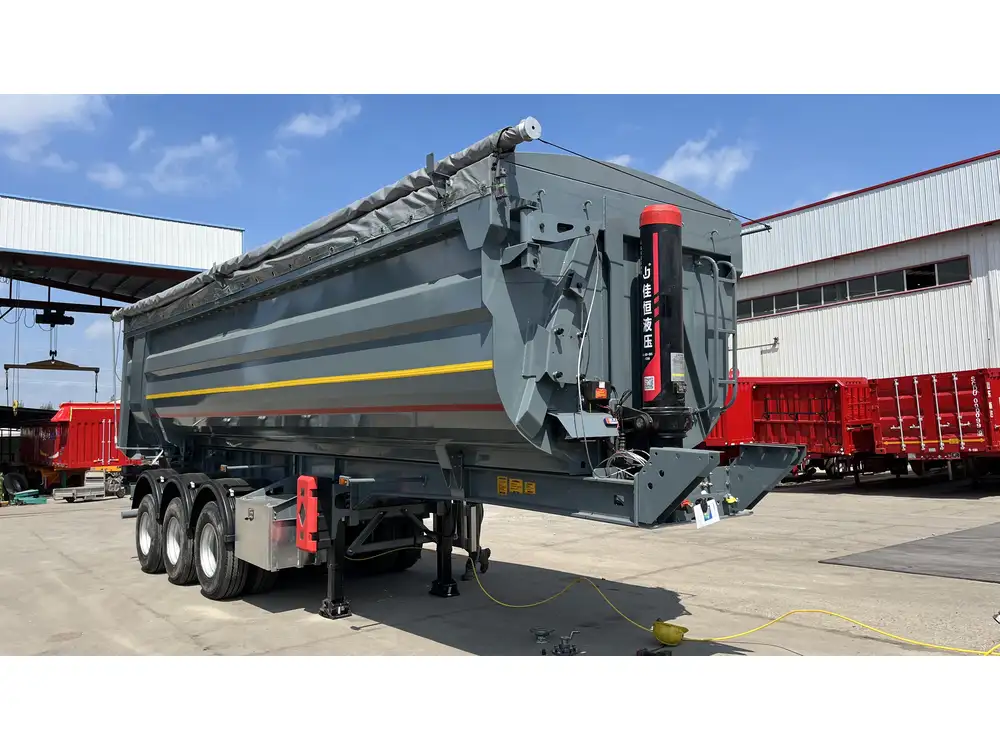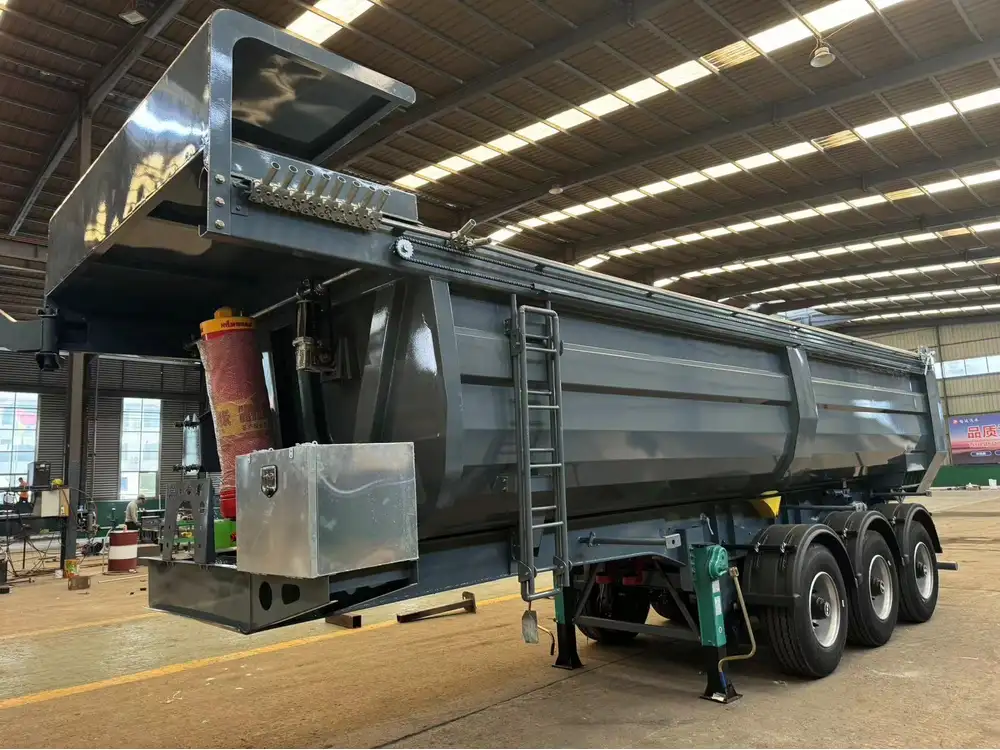Tractor trailers, also known as semi-trucks, are vital components of the logistics and transportation sector. Their dimensions, particularly length, play a significant role in regulatory compliance, road safety, and operational efficiency. In this article, we will explore the various factors that influence the length of tractor trailers, the common types encountered in the industry, and the implications of these dimensions on transportation and logistics.
Table of Contents
- Overview of Tractor Trailer Length
- Types of Tractor Trailers
- 2.1 Standard Semi-Trailers
- 2.2 Flatbed Trailers
- 2.3 Refrigerated Trailers
- 2.4 Tank Trailers
- Federal and State Regulations on Trailer Length
- Factors Influencing Tractor Trailer Length
- 4.1 Cargo Type
- 4.2 Route Restrictions
- 4.3 Manufacturer Specifications
- Comparative Analysis of Trailer Lengths
- Choosing the Right Trailer Length for Your Needs
- Conclusion
Overview of Tractor Trailer Length
The average length of a tractor trailer in the United States ranges between 48 to 53 feet for the trailer alone, while the combined length, including the tractor unit, can extend up to 70 to 80 feet. However, variations exist due to different configurations, purposes, and compliance with state and federal laws.

Breakdown of Standard Trailer Lengths
| Trailer Type | Common Lengths |
|---|---|
| Standard Semi-Trailer | 48 – 53 feet |
| Flatbed Trailer | 48 – 53 feet |
| Refrigerated Trailer | 48 – 53 feet |
| Tank Trailer | 48 – 65 feet |
Understanding these lengths is critical for logistics providers, shippers, and carriers to ensure they operate within legal limits while maximizing cargo capacity.
Types of Tractor Trailers
Each type of tractor trailer serves a specific purpose, and the length can vary based on the intended cargo and design. The most common types include:
2.1 Standard Semi-Trailers
Standard semi-trailers are the backbone of freight transport, commonly featuring floor lengths of 48 to 53 feet. They provide versatility for various cargo types, from pallets to boxed goods, and are widely accepted across the trucking industry.

2.2 Flatbed Trailers
Flatbed trailers are typically 48 to 53 feet long and are used for transporting large or heavy items that cannot be accommodated in enclosed trailers. Their open design allows for easy loading and unloading from all sides, making them ideal for construction materials, machinery, and oversized freight.
2.3 Refrigerated Trailers
Refrigerated (reefer) trailers are essential for transporting perishables. Generally, these trailers are constructed the same length as standard semi-trailers (48 to 53 feet). However, factors like insulation and refrigeration equipment may slightly affect overall dimensions and weight.
2.4 Tank Trailers
Tank trailers are specialized for liquids, including chemicals, fuel, and food-grade liquids. Their lengths usually range from 48 to 65 feet, depending on their design and what they are intended to carry.

Federal and State Regulations on Trailer Length
Compliance with both federal and state regulations is crucial when it comes to tractor trailer length. In the U.S., the Federal Highway Administration (FHWA) provides guidelines that apply across interstate commerce. These standards typically limit the combined length of a truck and trailer to 65 feet for most scenarios; however, in some regions, the limit may extend to 70 feet or more—given specific conditions or permits.
Key Regulatory Insights
- Interstate Commerce: The federal standard applies to trucks operating between states, where the maximum length can be up to 53 feet for trailers without a specific permit.
- State Regulations: States can impose more stringent regulations, often seen in states with heavy traffic or numerous bridges.
- Local Variations: Specific municipalities might have distinct rules about vehicle dimensions, which are critical for logistics planning.
Factors Influencing Tractor Trailer Length
Determining the appropriate tractor trailer length involves multiple factors, which include but aren’t limited to:

4.1 Cargo Type
The nature of the cargo directly impacts trailer length. Heavy or oversized items may necessitate longer trailers or specialized designs. For example, a flatbed may be advantageous for construction materials, while a standard semi-trailer may suffice for general cargo.
4.2 Route Restrictions
Route restrictions can dictate viable trailer lengths. Roads with weight limits, bridges with height restrictions, and urban environments may result in the need for shorter trailer options.
4.3 Manufacturer Specifications
Every manufacturer may have variations in designs and permitted dimensions. It’s crucial for transport companies to adhere to the specific guidelines outlined by the truck and trailer manufacturers to ensure optimal performance and safety.

Comparative Analysis of Trailer Lengths
Understanding the implications of different trailer lengths is critical for operating within regulatory frameworks and meeting customer needs. Here’s a summary of how various types may differ:
| Trailer Type | Typical Length | Advantages | Considerations |
|---|---|---|---|
| Standard Semi-Trailer | 48 – 53 feet | Versatile for general loads | Limited by maximum cargo dimensions |
| Flatbed Trailer | 48 – 53 feet | Great for oversized loads | Requires secure load management |
| Refrigerated Trailer | 48 – 53 feet | Essential for perishable goods | Higher operational costs |
| Tank Trailer | 48 – 65 feet | Ideal for liquid transport | Must adhere to hazardous materials regulations |
Choosing the Right Trailer Length for Your Needs
Selecting the appropriate tractor trailer length involves a careful assessment of several factors, ensuring a fit between cargo type, route conditions, and regulatory compliance. Here are some critical considerations for making this choice:
Determine Your Cargo Needs
- Evaluate Cargo Specifications: Measure size and weight to ensure compatibility with a trailer type.
- Consider Seasonal Demand: Different seasons may require varying capacity; for example, winter months may bring a higher demand for reefer trailers.

Analyze Route Specifications
- Research Route Restrictions: Ensure compliance with length regulations on the intended routes.
- Understand Road Conditions: Assess whether roads are suitable for longer trailers, especially during adverse weather conditions.
Weigh Operational Costs
- Compare Costs Between Trailer Types: Factor in maintenance, fuel efficiency, and operational costs associated with longer and specialized trailers.
- Loading and Unloading Efficiency: Longer trailers may result in more cumbersome loading processes, affecting operational time and costs.
Conclusion
In conclusion, understanding the varying lengths of tractor trailers is essential for operators, manufacturers, and logistics providers alike. A thorough comprehension of the factors that influence these dimensions, from regulatory requirements to cargo characteristics, ensures optimized transportation strategies. Investing time in deciding the correct trailer type and size can substantially impact operational efficiency, compliance, and overall cost-effectiveness in transportation missions.
As we move forward in this dynamic industry, staying abreast of regulations and best practices will be key to maintaining a competitive edge. The right combination of trailer length, type, and road strategy can be the difference in successfully meeting logistical challenges.



